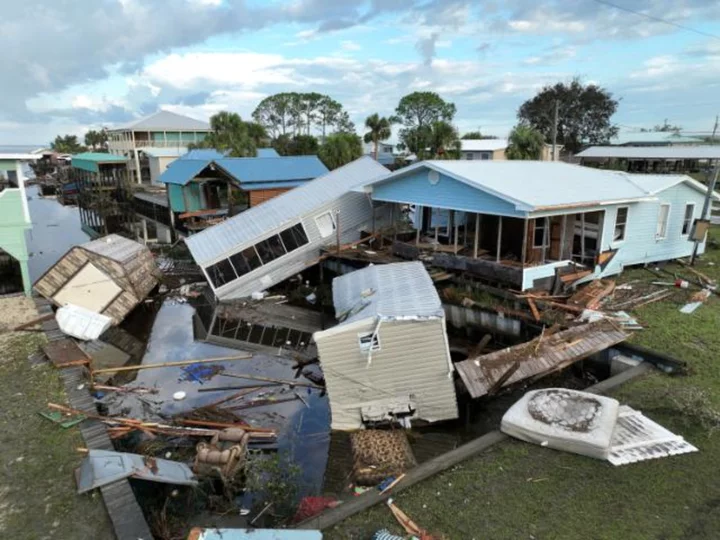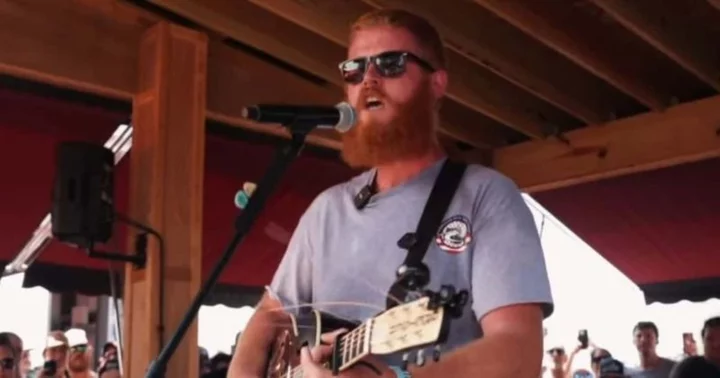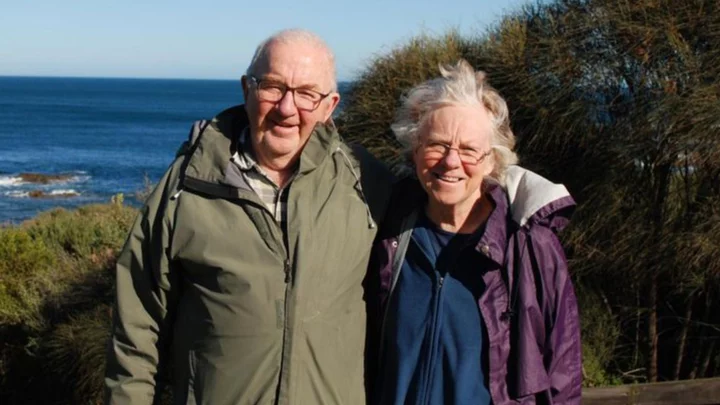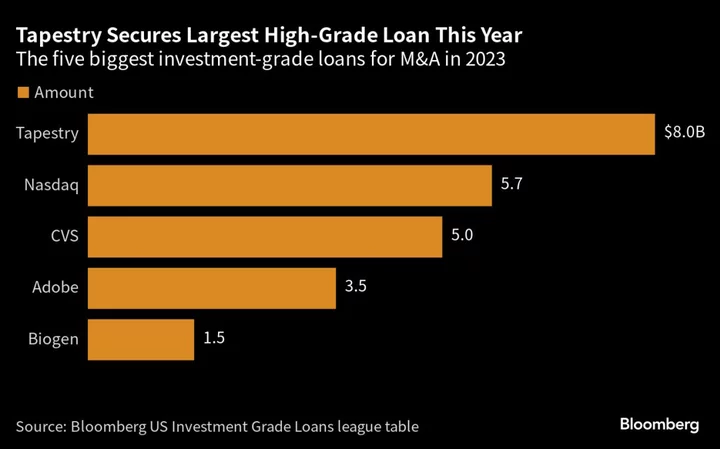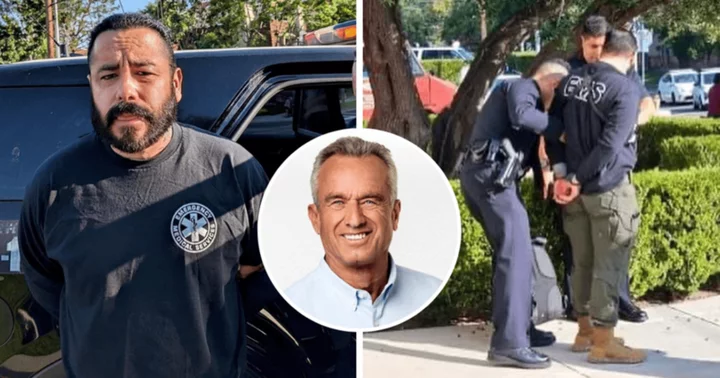When Hurricane Idalia slammed into Florida Wednesday morning, it became the eighth major hurricane to hit the Gulf Coast in the last six years. And it may not be the last; Atlantic hurricane season hasn't yet peaked, and the Gulf of Mexico has been historically warm -- more energy to fuel more deadly storms.
But as the tireless work of rebuilding begins in places like hard-hit Pasco County, Idalia's landfall renews the question of whether it's appropriate to rebuild in some areas, experts told CNN, and where to do so.
Human-caused climate change is wreaking havoc on the Gulf Coast, which is already experiencing some of the fastest sea level rise in the world. As the ocean swallows shore, it makes the impacts of storm surge and flooding more dangerous for the communities in these low-lying areas.
To make matters worse, many insurance companies are also pulling out of some Gulf states, leaving homeowners and businesses with more risk and fewer options to finance their recovery in a way that will leave buildings stronger and better able to withstand the next storm.
"One of the major questions we have going forward is should we rebuild these areas and spend federal and state dollars to continue to rebuild areas that will be hit in the future," Jesse Keenan, a professor of sustainable real estate at Tulane University's School of Architecture, told CNN.
Florida is the site of the latest major hurricane, but experts CNN spoke to said the entire Gulf Coast is experiencing a perfect storm of climate impacts, like sea level rise and stronger storms fueled by warming waters, combined with a shrinking insurance pool in states like Florida and Louisiana.
"There are certainly some communities that have hit that tipping point" of relocating instead of rebuilding, said Jeremy Porter, the head of climate implications at the nonprofit research group First Street Foundation. "If you look at the trajectory of climate risks we're seeing, there's going to be a lot more communities hitting that tipping point in the next 30 to 50 years."
Major insurers have largely pulled out of Florida and smaller ones have gone bankrupt -- leaving many homeowners with Citizens Property Insurance Corporation -- the state's insurer of last resort.
And while there are increasingly uninsurable places in all 50 states, experts view California, Florida and Louisiana as the three major hotspots where the pool of uninsured homeowners is growing -- in part due to larger disasters like hurricanes and wildfires.
There are different factors at play in all three states, but with similar outcomes: As an increasing number of private insurers stop offering flood or wildfire policies or go bankrupt, more people are driven to the state-supported insurer of last resort, where they typically have to pay more money for a narrower policy.
In Louisiana, for instance, 17% of homeowners insurance policyholders had their policies canceled last year, according to a survey done by Louisiana State University.
Porter told CNN the fact that Citizens has become the default insurer in Florida "is crazy to think about."
"Citizens won't be able to withstand the economic cost" of multiple major storms, he said. Last year's Hurricane Ian was the costliest storm in Florida state history, and more storms of its magnitude could be a serious blow to the state insurer.
There is also the question of rebuilding repeatedly flooded infrastructure, like roads and bridges.
Idalia was different from Ian partly because it struck a less-populated area, and one that had more natural defenses in the vast marshlands and wilderness around the Big Bend area. But Idalia was the strongest storm to make landfall on that stretch of Florida coast in more than 125 years, and it wasn't necessarily built to withstand it -- evidenced by the cottage-like homes swept from their foundations by Idalia's massive storm surge.
Porter said that rebuilding homes to be elevated and better able to withstand hurricanes or other climate disasters is an option. But it takes the combination of updated building codes and a healthy insurance market to make rebuilding in a resilient way an option for all homeowners, not just the wealthy who can afford it.
Keenan said Idalia and other Gulf Coast storms beg the question of where to rebuild, especially considering that some of Idalia's hardest-hit areas were island communities that are only accessible by bridge, like Cedar Key.
"Many of these communities are on very tenuous infrastructural links with the mainland," Keenan said. "They have one road in and one road out. These areas are so precarious. From a municipal finance point of view, they have to borrow money to build and maintain these roads. There's now a climate premium. They're pricing in climate change."
Porter, whose organization First Street has a nationwide database of properties at risk of flooding, said the issue is only going to grow as climate change hastens sea level rise. While coastal communities in South Louisiana may be the ones disappearing into the ocean, the sea will come for many other communities in the coming few decades.
"If you look at the projections out into the future, we're at the very beginning," Porter said. "The insurance pullouts we've seen in the last couple years are the canary in the coal mine."

